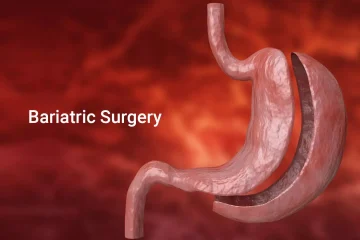Get Rid of Excess Fat Using Liposuction

Liposuction is a procedure that helps get rid of excess body fat. Dr. Michael Macdonald is a leading San Francisco liposuction expert at Aesthetic Surgery Center who assists patients in enhancing their appearance to boost their self-esteem and confidence.
Table of Contents
Understanding liposuction
Liposuction, also known as lipoplasty, is a surgical procedure that shapes and contours the body by using suction techniques to get rid of excess body fat. Liposuction can be used as an alternative for weight loss when exercise and dieting do not work.
How liposuction works
Weight gain results in fat cells in size and number. The liposuction treatment procedure reduces the number of fat cells in a specific area resulting in permanent contour changes. Your care provider will remove a particular amount of fat cells depending on your current body weight and desired needs.
Risks of liposuction
Liposuction being a surgical procedure poses risks such as bleeding and allergic reactions to anesthesia. Other risk factors include;
- Fluid accumulation- Following a liposuction procedure, seromas (temporary fluid pockets) form under the skin and may need to be removed using a needle.
- Irritation and numbness- Liposuction may cause the target area to experience irritations in the nerves or numbness.
- Contour irregularities– If you have low skin elasticity, liposuction may leave your skin looking withered and wavy due to uneven fat removal or abnormal healing. Because liposuction changes are permanent, you may be required to do another procedure to correct your appearance.
- Infection: All surgical procedures, including liposuctions, can cause skin infections.
- Fat embolism- A fat embolism is a medical emergency caused when loosened fat tissue is trapped in a blood vessel, the lungs, or the brain.
- Kidney and heart complications: The liposuction procedure involves injecting and suctioning fluids into the body. These changes in fluid levels can lead to kidney, lungs, and heart problems.
- Internal organ puncture: During the procedure, if the liposuction cannula is inserted too deep, it might puncture internal organs. Your care provider will have to repair the punctured organ surgically.
- Lidocaine toxicity: Lidocaine is an anesthetic used to manage pain caused by fluids being injected into the body. If used in high amounts, lidocaine toxicity causes serious heart and central nervous system problems.
What to expect during a liposuction procedure
During your first visit, your care provider will first conduct a physical examination to evaluate your current body condition. Depending on the results you desire, he will develop the ideal approach for fat removal that will work for you.
During the procedure, local or general anesthesia is used to numb the area. A sedative is also administered to make you feel calm and relaxed. A small incision is made to create a passage for a cannula to be inserted. A fluid is injected into the area to help control bleeding and assist in the removal of fat. The cannula is moved around the target area to break up fat. The fat is then suctioned out. The cannula is removed, and the incision closed when suctioning is complete.
It is important to remember that liposuction does not eliminate stretch marks, cellulite, or other skin conditions.
To learn more about liposuction, call the Aesthetic Surgery Center, or book a consultation online.
Leave a reply
You must be logged in to post a comment.
















